Gallery
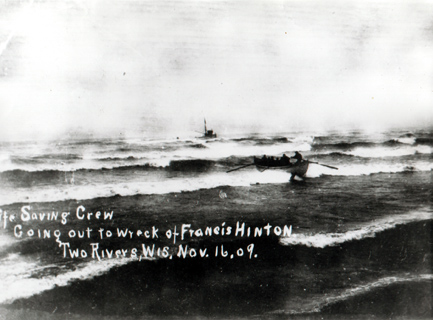
Life saving crew rowing to Francis Hinton
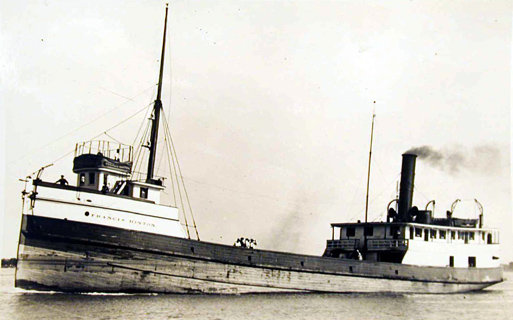
Francis Hinton underway
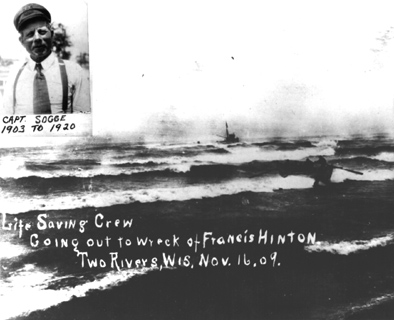
Life saving crew rowing to Francis Hinton
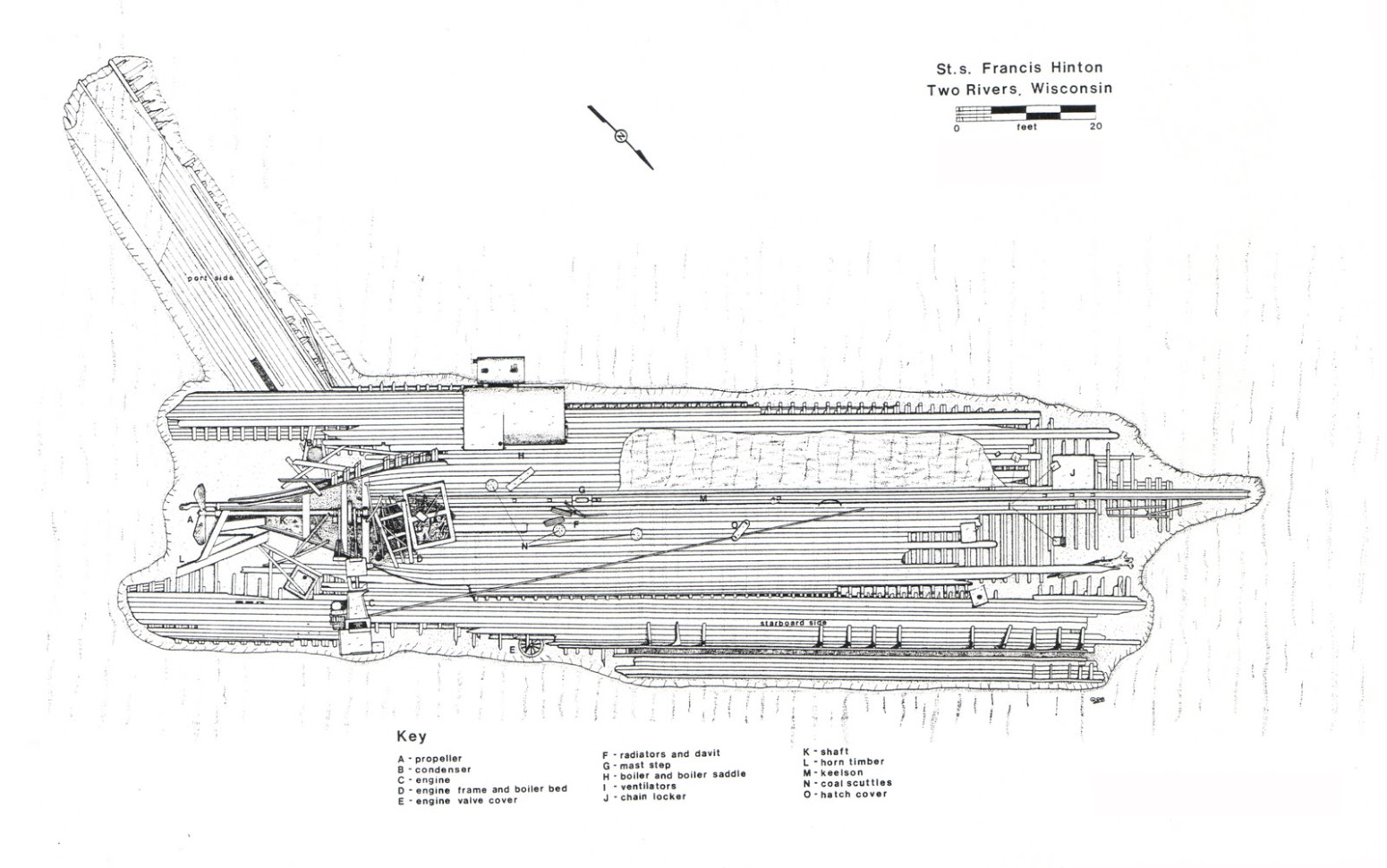
Wreck Site Map
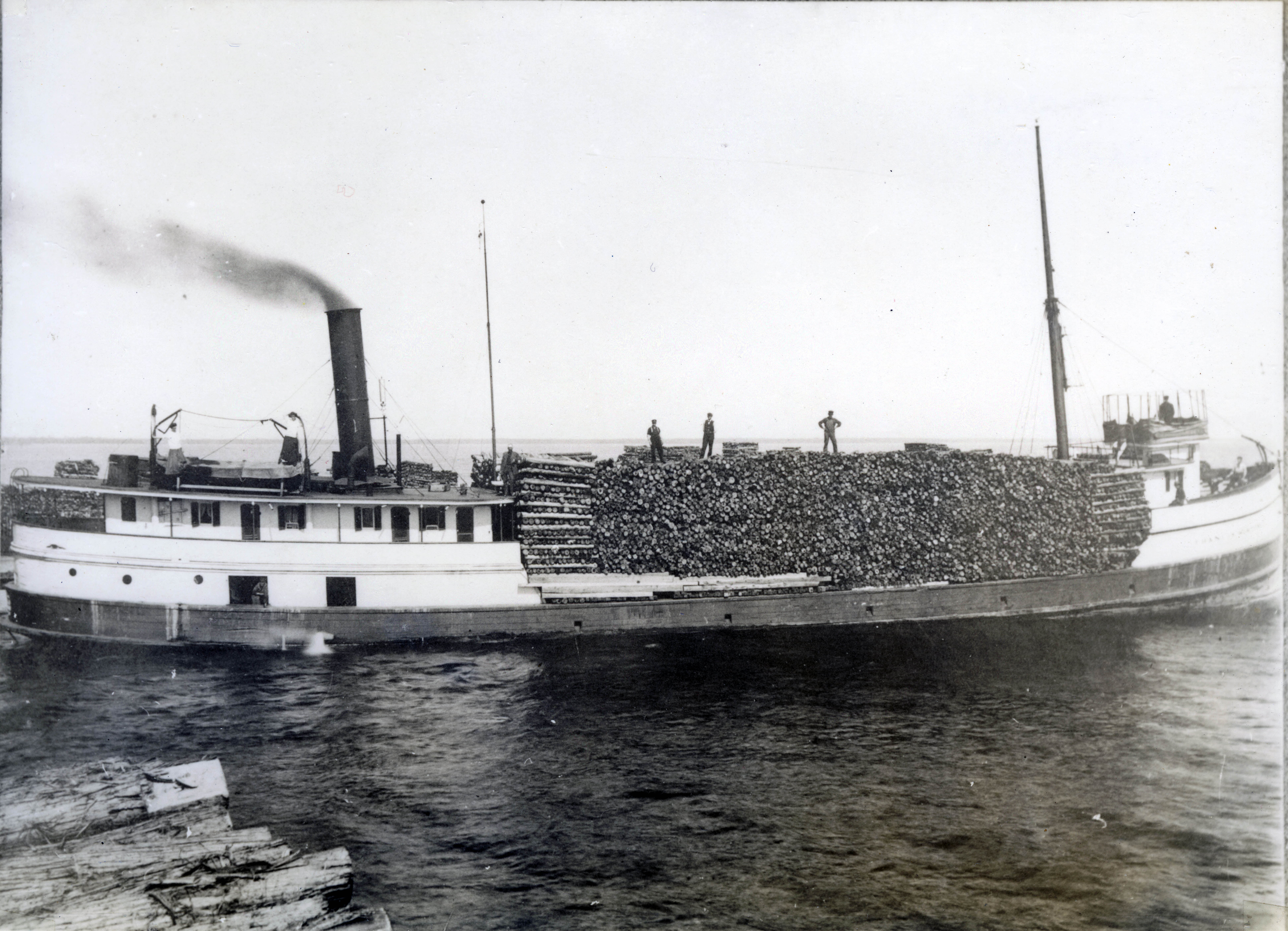
Francis Hinton Loaded with Cedar Posts. Photo By: Fred Trelfa
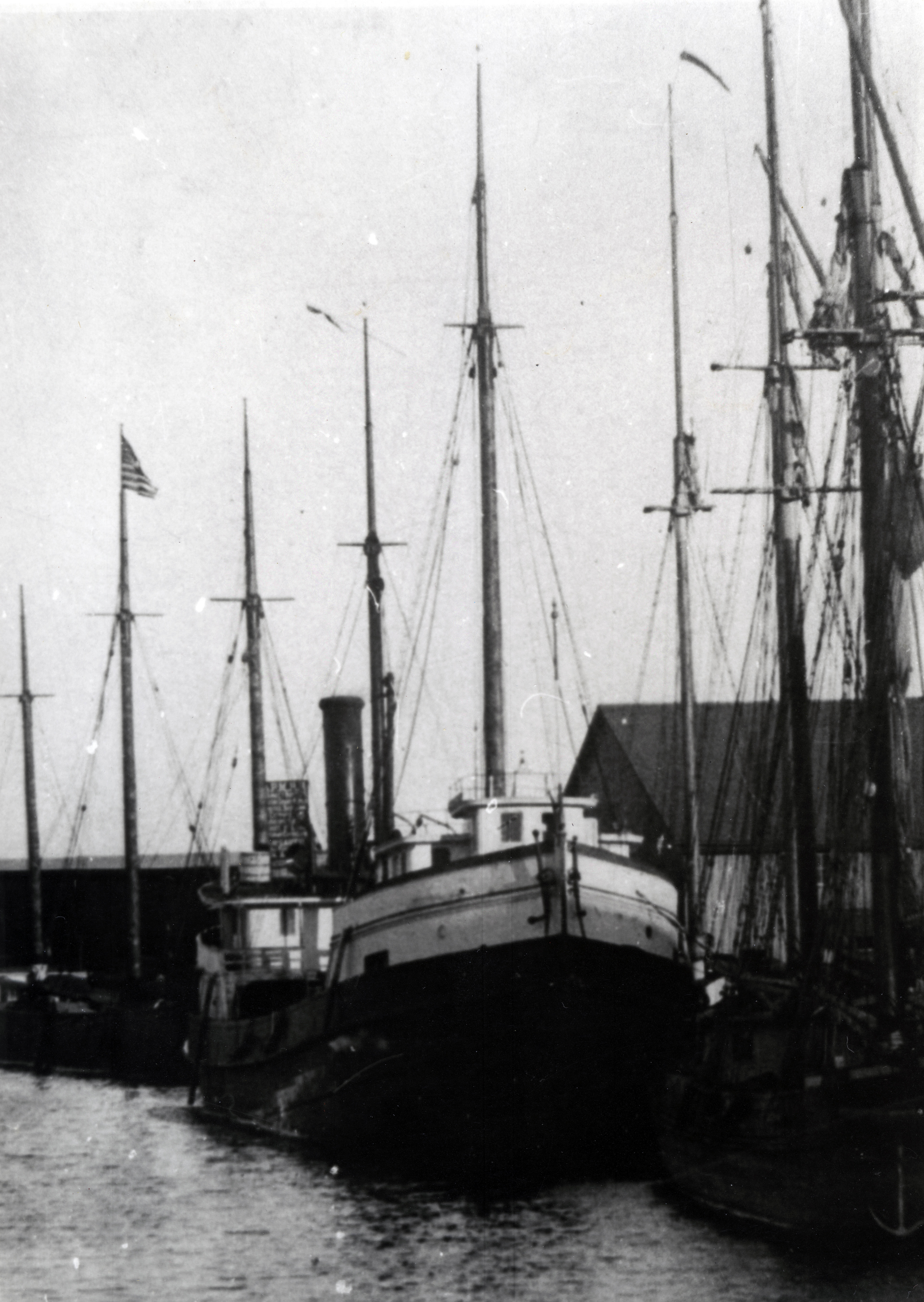
Francis Hinton docked in Manitowoc Harbor
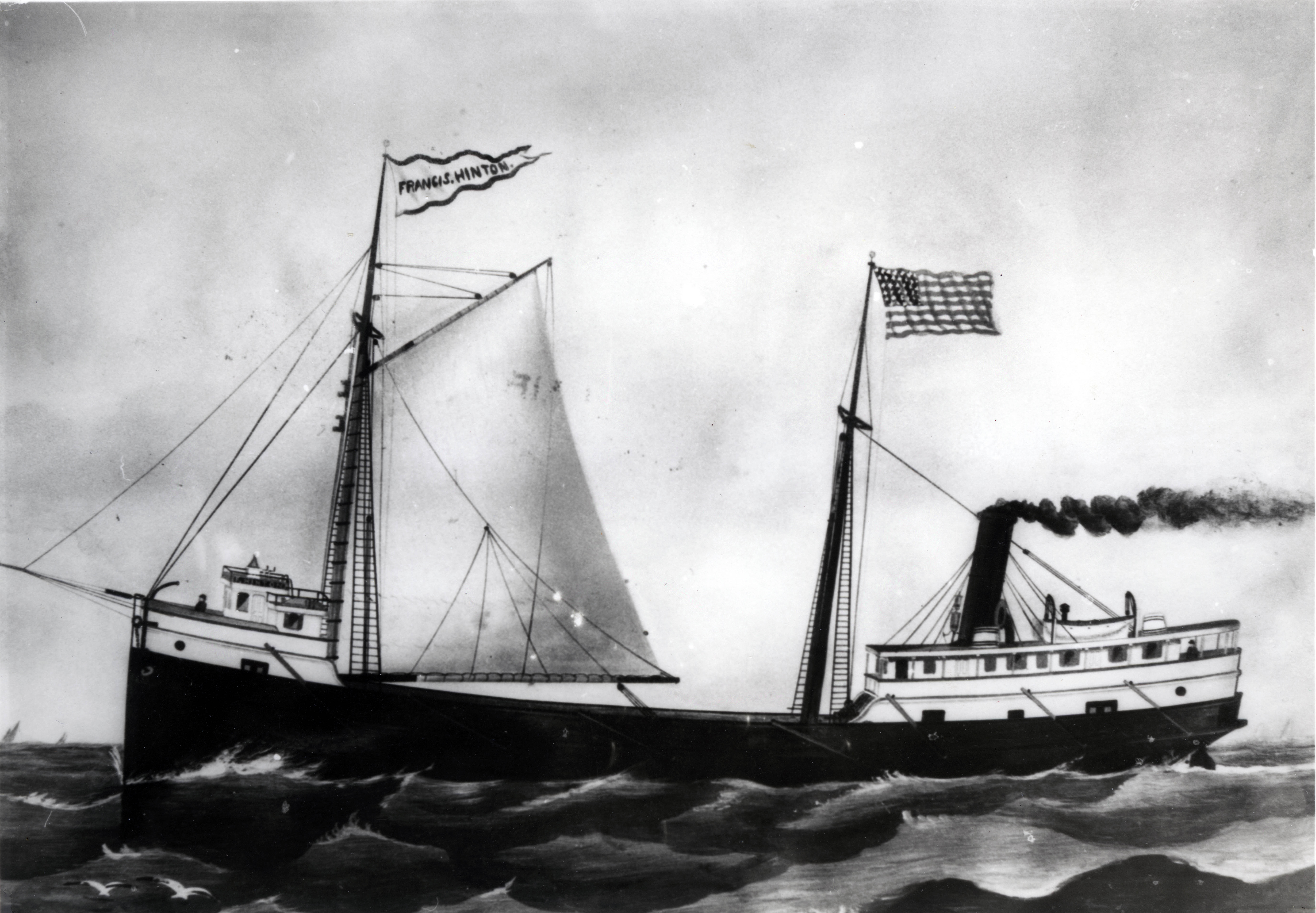
Historic Drawing of the Francis Hinton
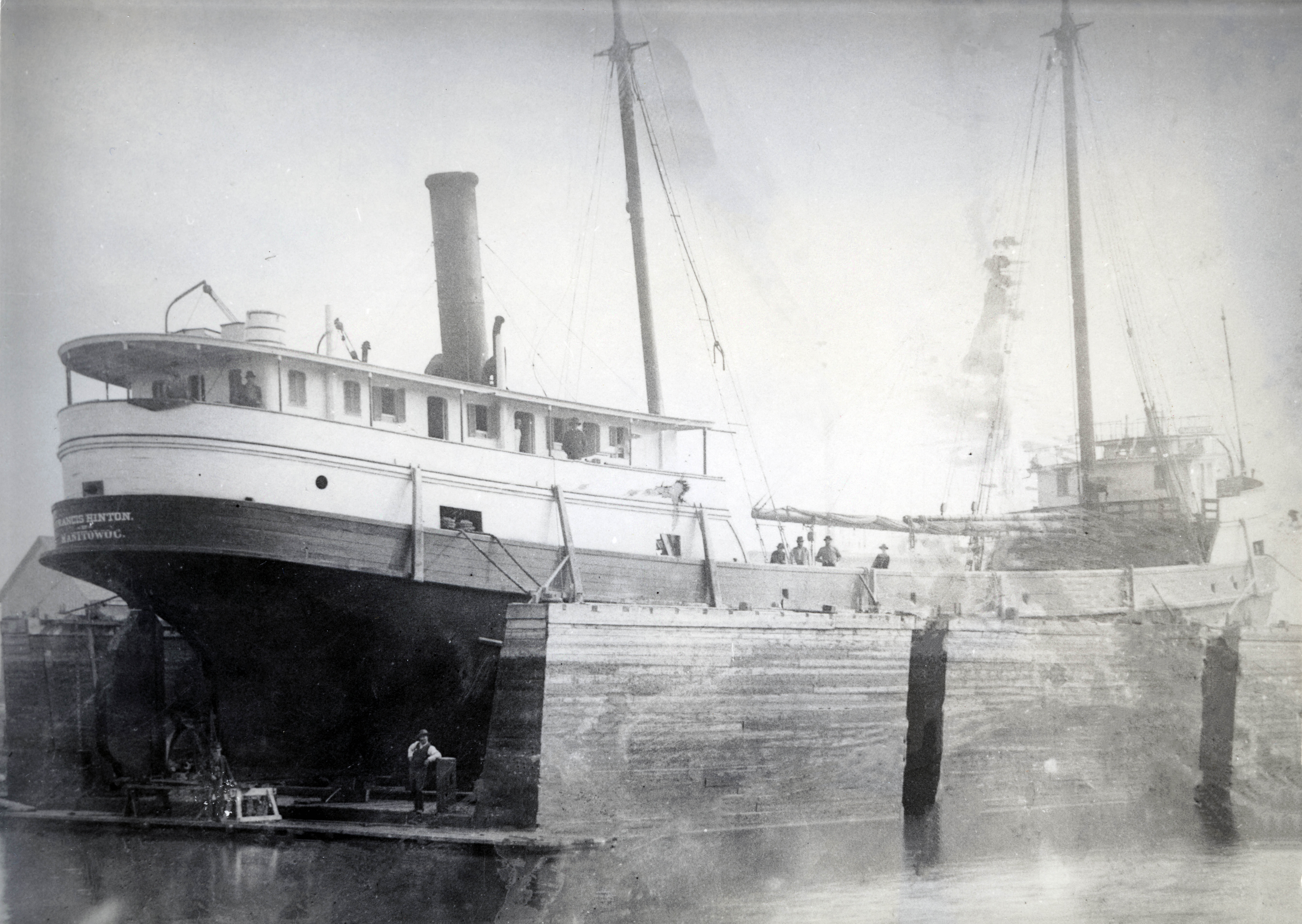
Francis Hinton in Drydock
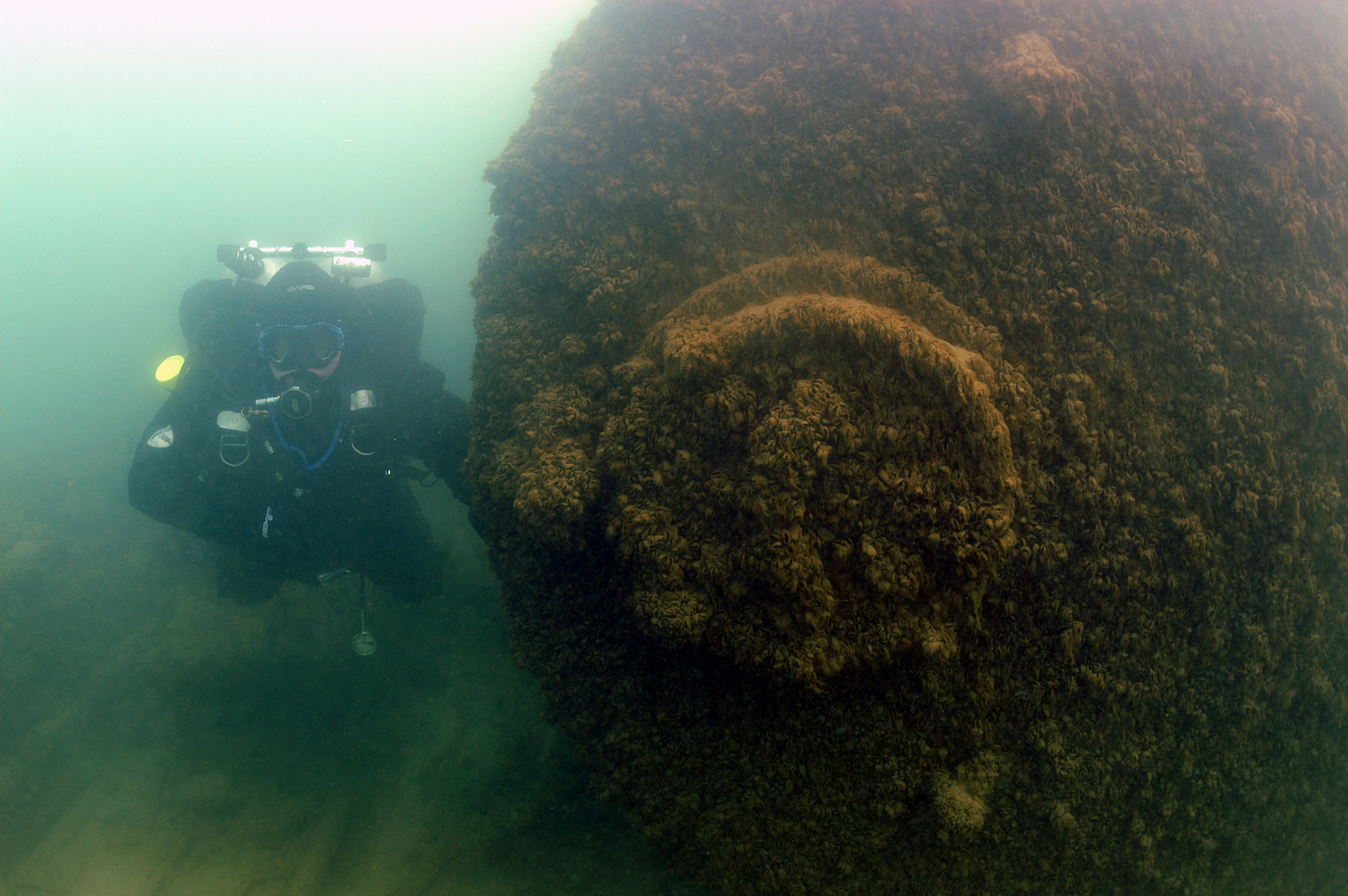
Francis Hinton's Boiler
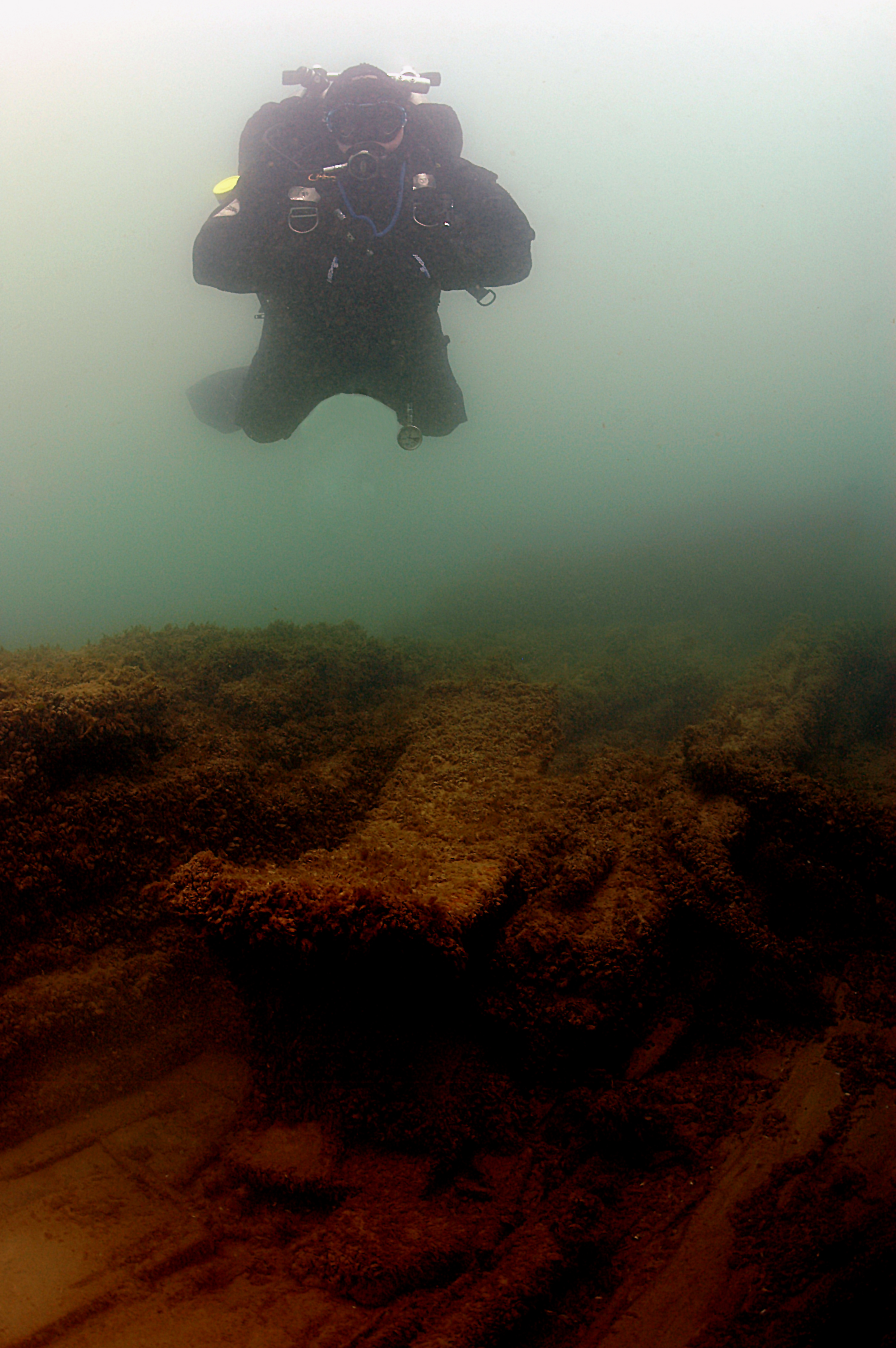
Francis Hinton's Boiler Mount
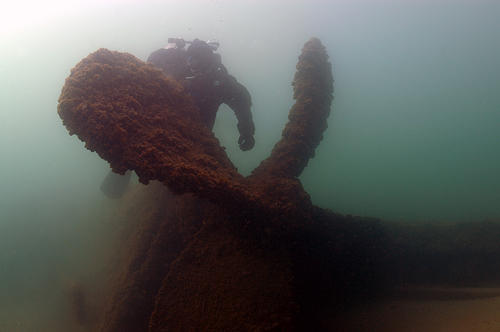
Francis Hinton's Prop
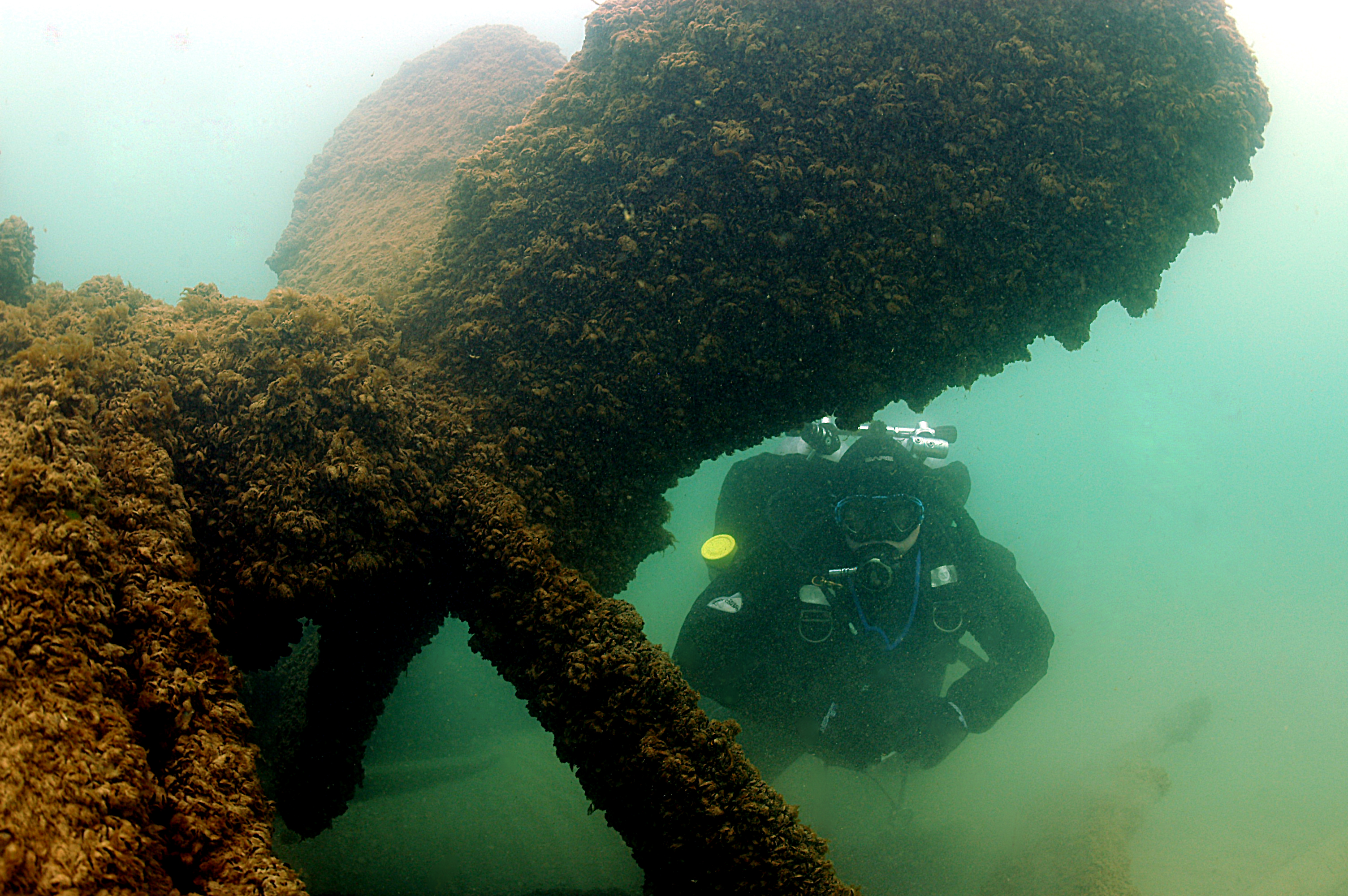
Another View of Francis Hinton's Prop
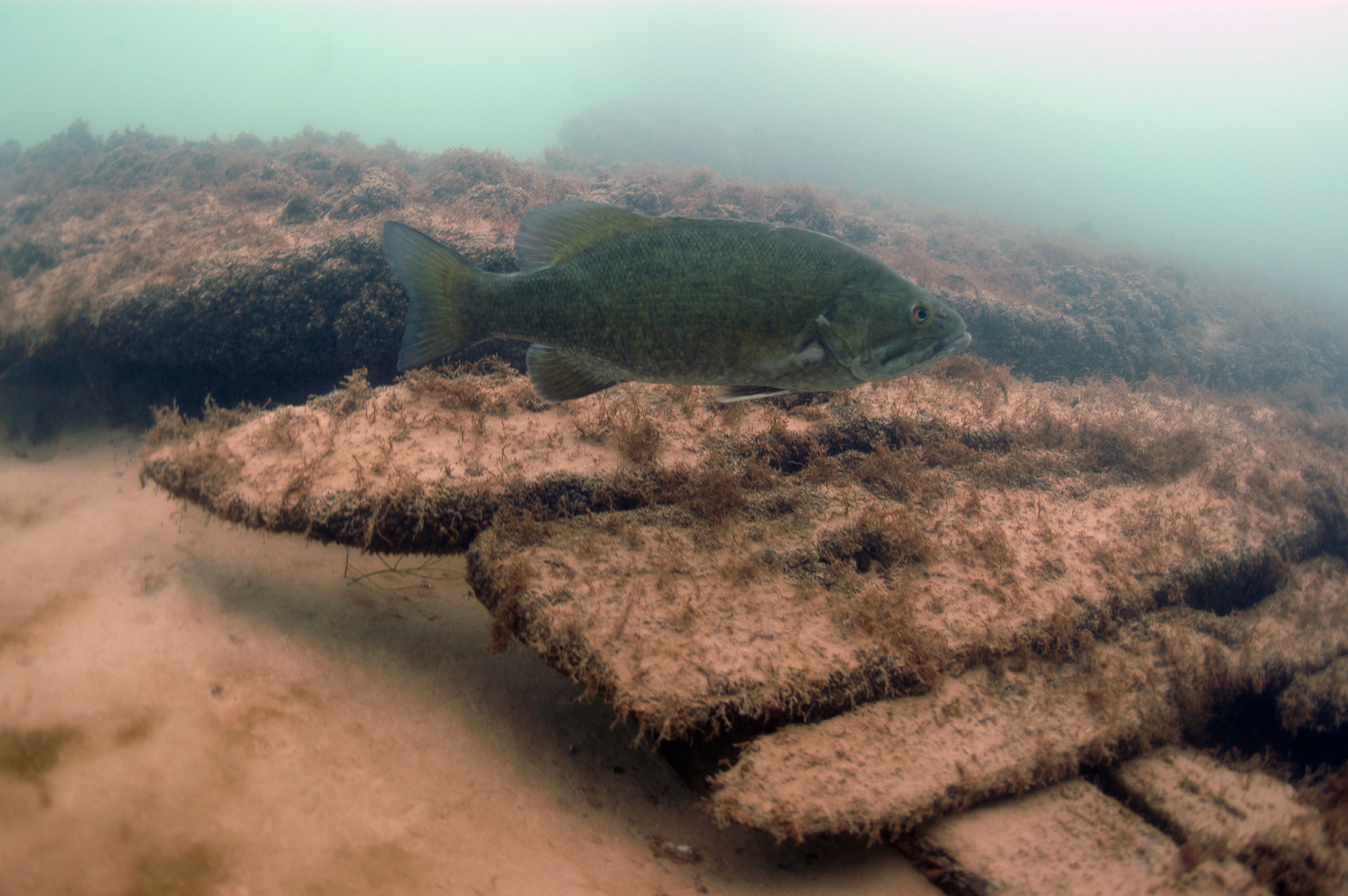
Frames of the Francis Hinton
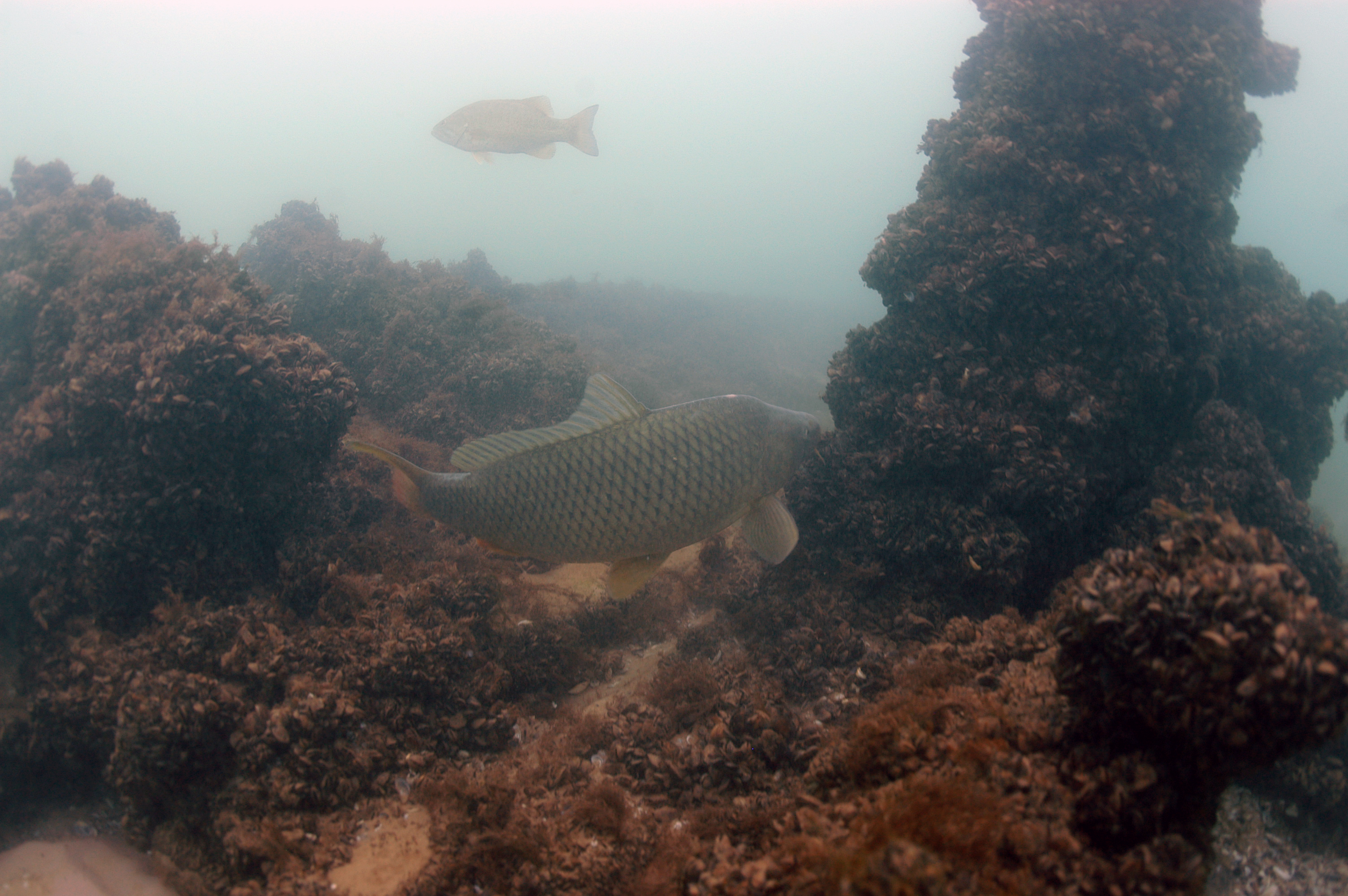
Francis Hinton's Frames
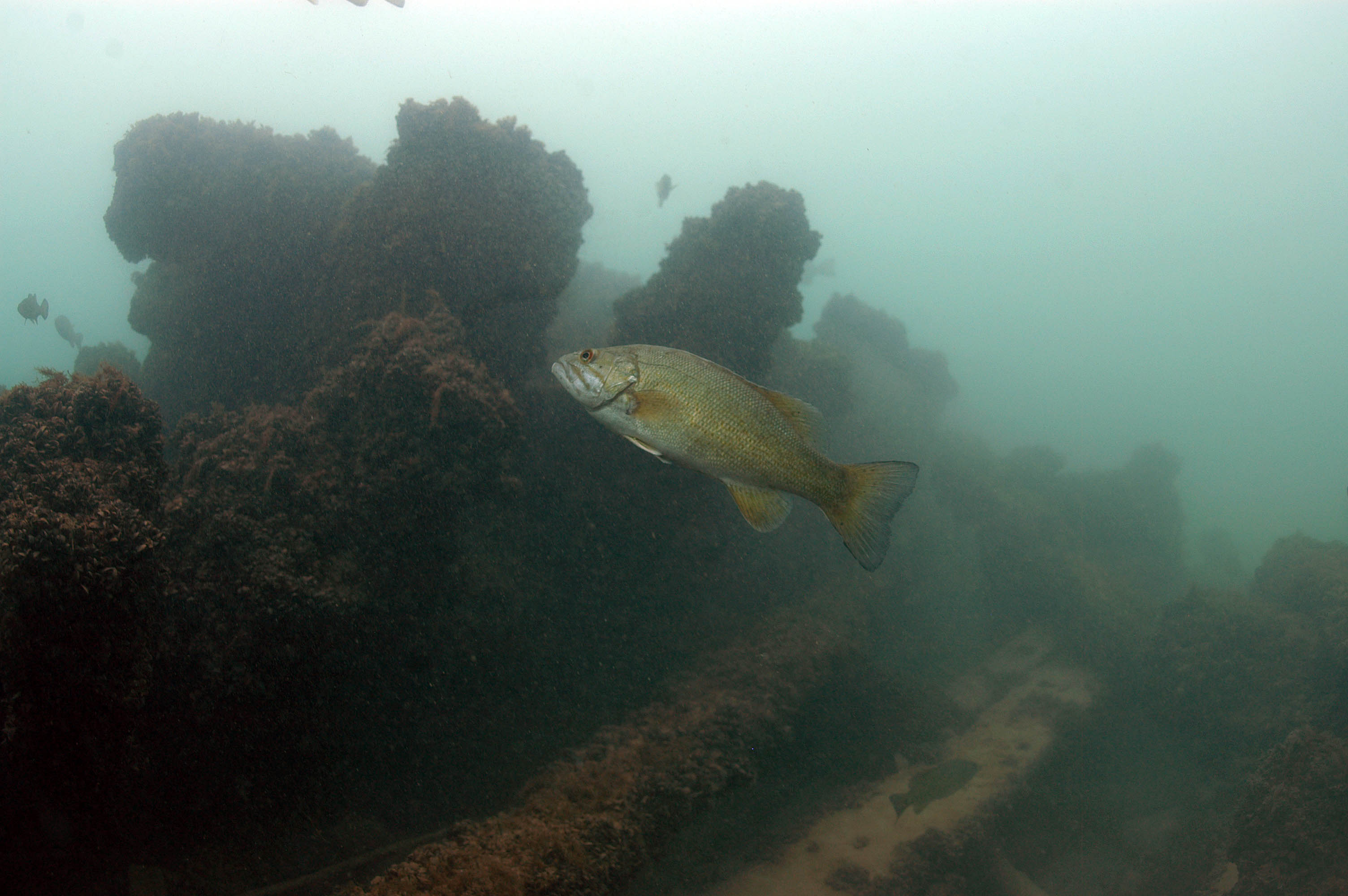
Francis Hinton's Frames

 Confirmed Location
Confirmed Location
 Unconfirmed location
Unconfirmed location